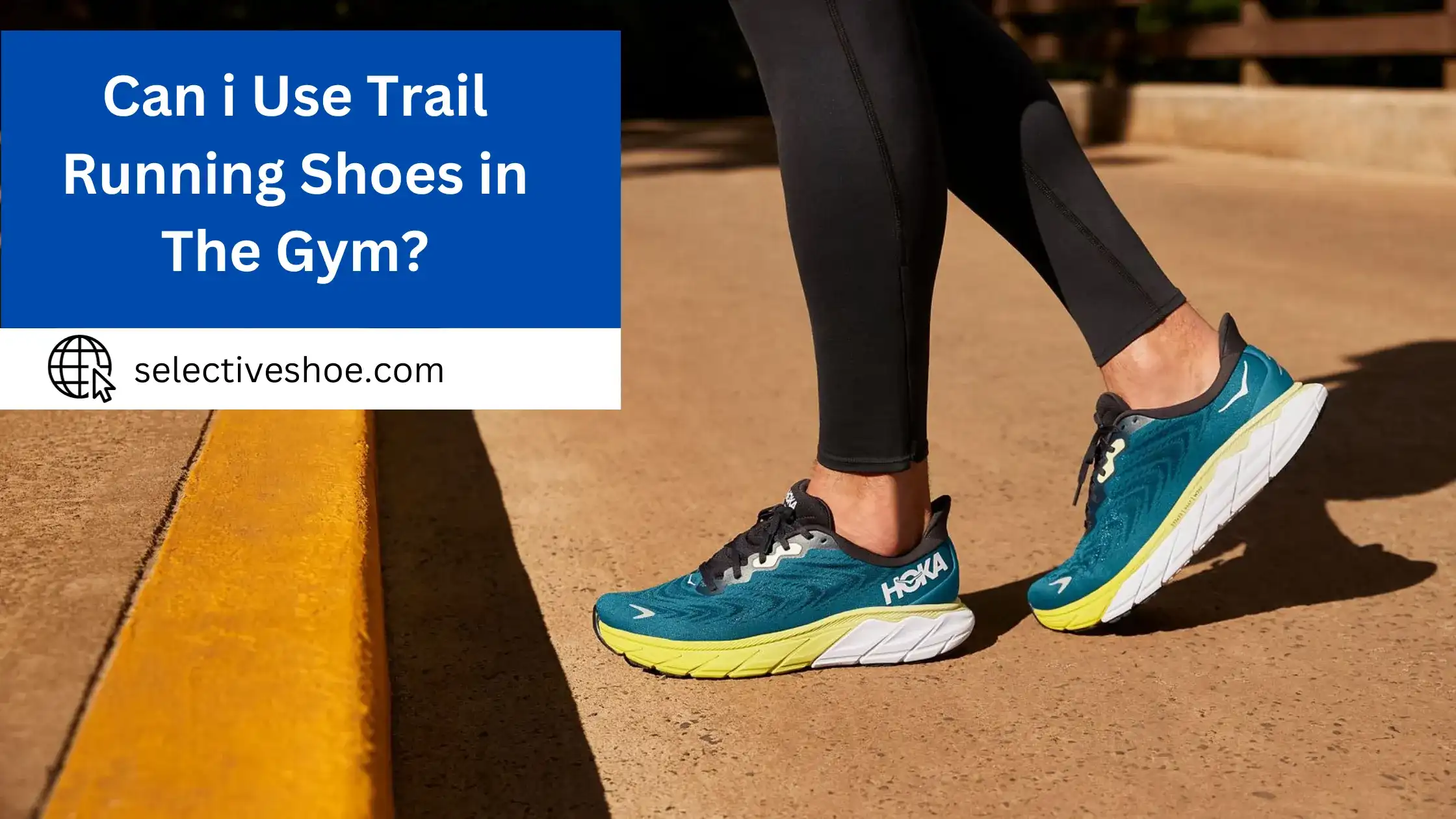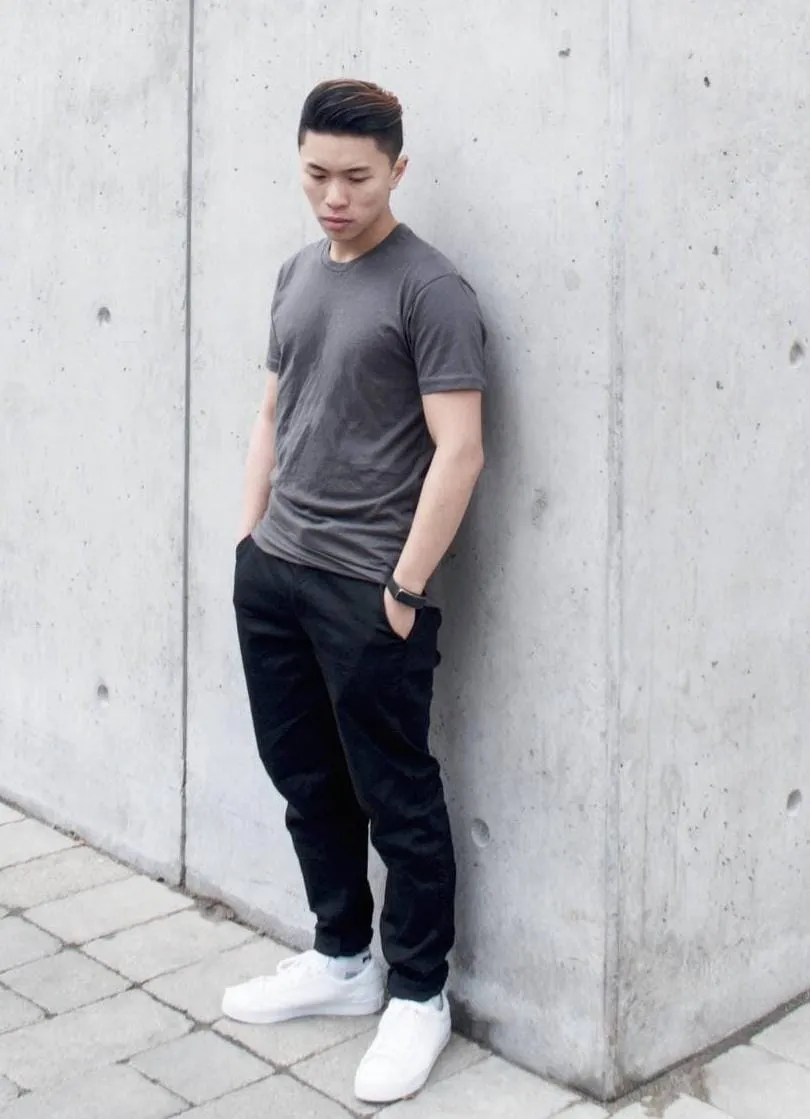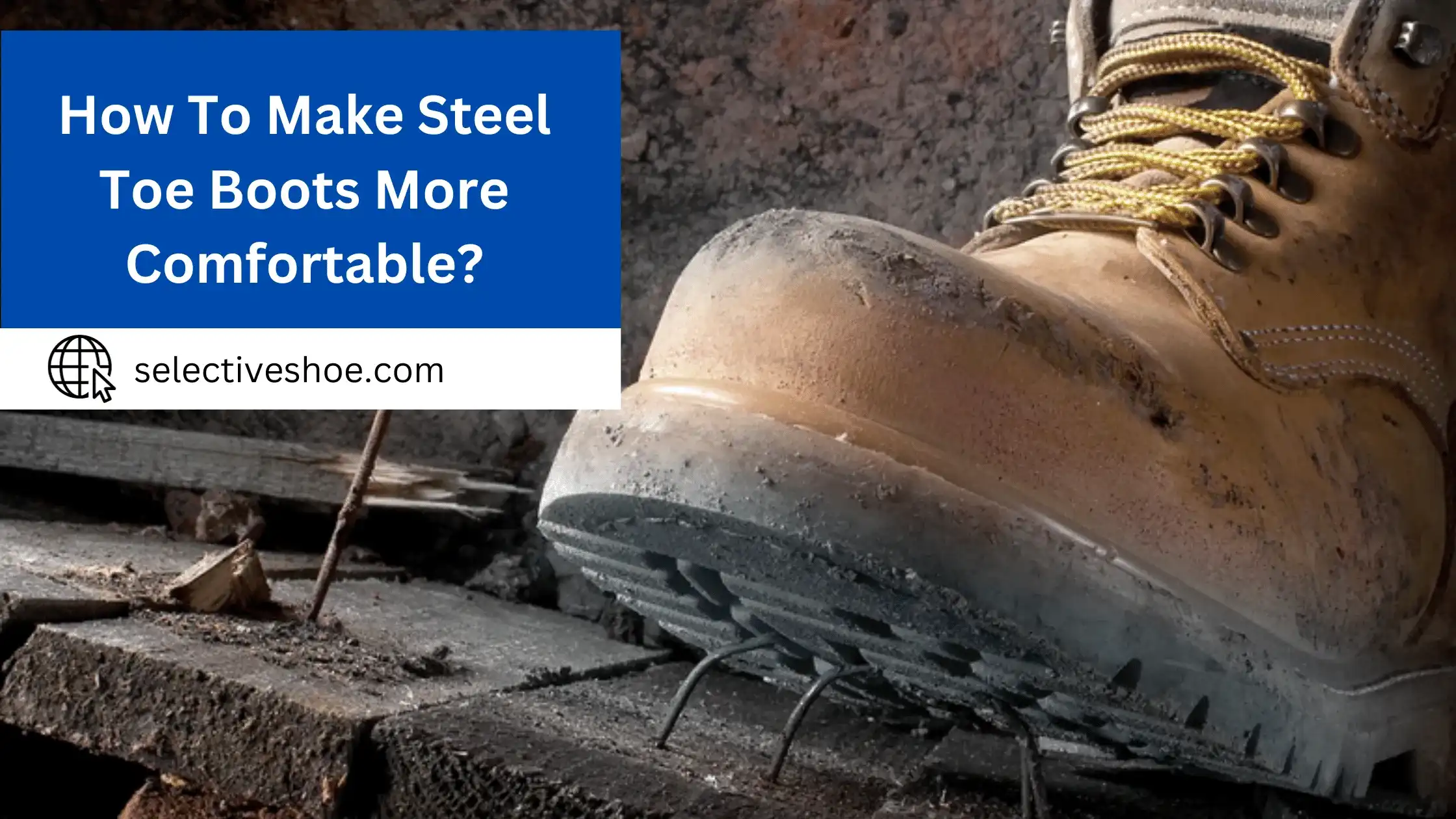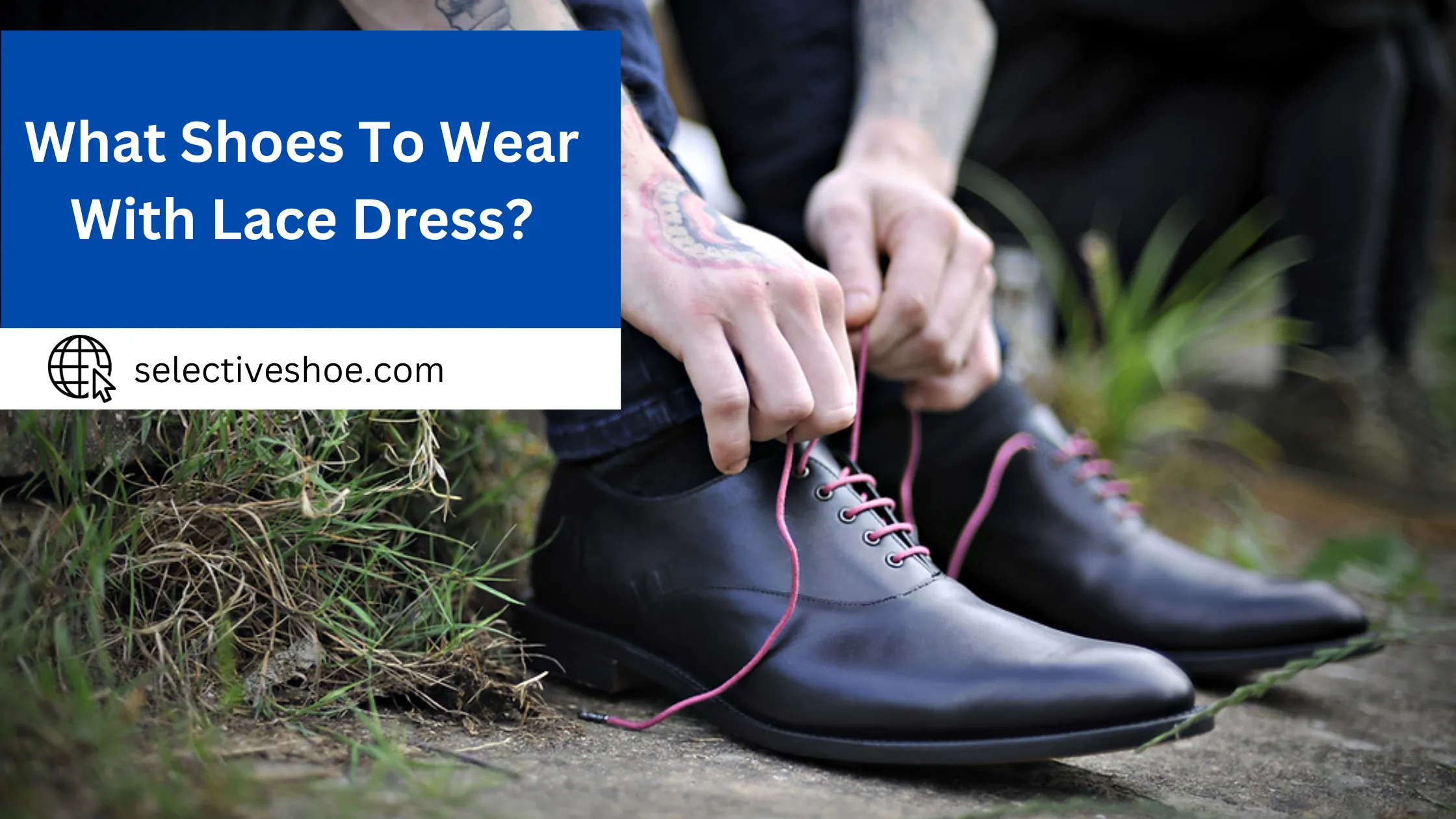Trail running shoes are a great way to get your outdoor workouts, providing cushioning for your feet and keeping you safe from the elements. But what about using these shoes inside the gym?
As an avid runner and gym-goer, I’ve always wondered if these versatile shoes could withstand the demands of a high-intensity workout on the treadmill or in the weight room. Just last week, I decided to put this theory to the test, and I was in for a surprise!
Join me as I share the pros and cons of rocking rugged trail shoes in the gym to help you decide if they work for your routine or if you’re better off switching to a dedicated gym shoe.
Factors to Consider When Using Trail Running Shoes in the Gym:
When I first considered using my trail running shoes in the gym, I was hesitant. I’d always used specific gym shoes for my indoor workouts and was still determining how my rugged trail shoes would fare on the smooth gym floor.
Experimenting with Different Gym Activities:
I decided to give it a shot. On the first day, I stuck to my usual routine: treadmill running, sometimes on the elliptical, and a weight-lifting session. My trail running shoes held up pretty well. They provided a solid grip on the treadmill and elliptical machine and didn’t interfere with my weight lifting.
However, things were different when I tried them in a Zumba class. The shoes lacked the lateral support I needed for the quick side-to-side movements. I learned that while trail running shoes are great for forward motion, there may be better options for activities requiring multi-directional movements.
Assessing Traction and Stability:
One thing I love about my trail running shoes is their excellent traction. But when I used them on the gym’s smooth floor, I realized the aggressive tread wasn’t necessary. However, they came in handy during an outdoor boot camp session, providing the extra grip I needed on the grassy terrain.
Considering Cushioning and Impact Absorption:
My trail running shoes have always provided great cushioning on rocky trails. But when I wore them during a high-intensity interval training (HIIT) session, I noticed they didn’t offer the same level of impact absorption as my gym shoes. I found that dedicated gym shoes with more cushioning were a better choice for high-impact activities like jumping jacks and burpees.
Weighing the Shoe Weight:
Trail running shoes are generally heavier than gym shoes, something I noticed when I wore them during a gym workout. While the extra weight didn’t bother me during lifting sessions and even added a bit of stability, it did feel cumbersome during cardio workouts.
The Pros and Cons of Using Trail Running Shoes in the Gym:
In my quest for the perfect balance between comfort, performance, and versatility, I’ve experimented with trail running shoes in the gym. Here are the pros and cons based on my personal experiences:
Pros:
Traction and Stability:
In the gym environment, where various surfaces come into play, the superior traction of trail running shoes provides a stable foundation. This is especially beneficial during activities like weightlifting or agility training, where a solid grip is crucial.
Durability:
Trail running shoes are designed to withstand the rigors of rough terrains and harsh conditions. As a result, they tend to be more durable than traditional gym shoes, making them a cost-effective choice for those who engage in both outdoor and indoor workouts.
Versatility:
The versatility of trail running shoes allows for a seamless transition between outdoor trail running and indoor gym sessions. This flexibility is a significant advantage for individuals who enjoy various physical activities.
Support and Cushioning:
Many trail running shoes are equipped with robust support and cushioning systems, which can benefit activities involving high-impact movements, such as jumping or running on a treadmill.
Cons:
Weight:
Trail running shoes are often heavier compared to traditional gym shoes. This additional weight may become a drawback during exercises that require swift and dynamic movements, such as plyometrics or agility drills.
Breathability:
Trail running shoes are designed to protect the feet from external elements, often compromising breathability. This lack of breathability can lead to discomfort and excessive sweating in a gym setting, where indoor temperatures may vary.
Appearance:
While this may be subjective, trail running shoes might be less aesthetically pleasing in a gym setting. The rugged design and bulkier appearance may need to align with the sleek and minimalist style often associated with gym footwear.
Specialized Features Unused:
Trail running shoes include rock plates and aggressive treads designed for outdoor trails. These features might be unnecessary or even counterproductive in a gym environment, adding complexity without real benefits.
Expert Opinions: What Fitness Trainers Say About Using Trail Running Shoes in the Gym?
As a fitness enthusiast and an avid gym-goer, I have always been curious about the correct shoes to wear while working out. Over the years, I’ve experimented with various kinds of footwear, from cross-trainers to weightlifting shoes. However, one type that has sparked my interest recently is trail running shoes.
Trail running shoes are designed for off-road routes with rocks, mud, roots, or other obstacles. They are generally more rugged than road running shoes, with extra reinforcement for stability and underfoot protection. But can they be used in the gym? I contacted a few fitness trainers to get some expert opinions.
John, a seasoned fitness trainer, believes there are better ideas than using trail running shoes in the gym. He says, “Trail running shoes are built for outdoor terrains. Using them on smooth surfaces like gym floors might not provide the necessary grip and could lead to slips and falls.”
On the contrary, Sarah, another experienced trainer, thinks it largely depends on the type of workout. “For weightlifting or strength training where you need a stable base, trail running shoes might not be suitable due to their thick soles. However, general fitness workouts could work just fine as they offer good cushioning,” she explains.
While trail running shoes can be used in the gym, there might be better choices for some workouts. Choosing footwear that provides the proper support, grip, and stability for your specific workout routine is essential. Always prioritize safety and comfort over style or trends.
Conclusion:
While using trail running shoes in the gym is possible, they don’t offer benefits like cross-training sneakers. If you are considering using trail running shoes in the gym, remember to research what type is best suited for your target activities and remember that you may be sacrificing cushioning and support. So take the time to explore the range of brands specialized in this sneaker and find the perfect pair that meets your specific needs and budget!







